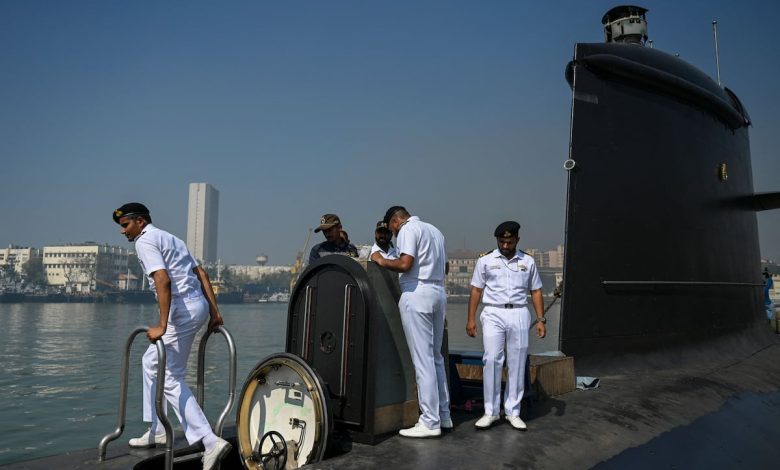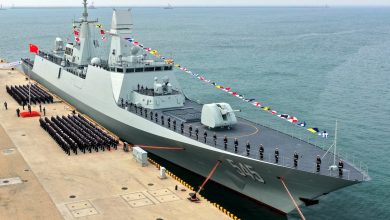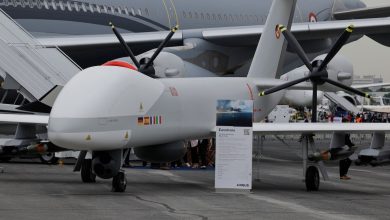India boosts submarine fleet as region’s warship traffic picks up

CHRISTCHURCH, New Zealand — As India eyes the prospect of more Chinese and Pakistani warships and submarines traversing the Indian Ocean, Delhi is boosting its nuclear-powered submarine fleet.
India is now working on a new class of attack submarines (SSN) after the government approved 400 billion rupees (US$4.8 billion) for the construction of an initial two 6,000-ton boats.
Local media reported that more than 90% of the boats’ content will come from domestic sources, and that an eventual six SSNs in this class are planned for the Indian Navy (IN).
The submarines will help the sea service keep tabs on Chinese activity in the Indian Ocean and monitor strategic waterways like the Malacca Strait, Gulf of Aden and Persian Gulf. China’s naval presence in the Indian Ocean has been gradually increasing, spurred by ongoing Gulf of Aden counter-piracy rotations since 2008.
The SSNs will be armed with torpedoes and BrahMos anti-ship, land-attack missiles, but it will be many years before the first vessel built in Vishakhapatnam enters service.
Delhi has previously leased SSNs from Russia, most recently an Akula-class boat from 2011-2021. After years of delay, another Akula may be leased from 2028 as a stopgap. However, constructing its own boats means India will become more self-sufficient in the future.
As well as SSNs, India is investing in nuclear-powered, ballistic-missile submarines (SSBN). In August, INS Arighaat, a 6,000-ton SSBN, was commissioned in Visakhapatnam. This is India’s second SSBN, after INS Arihant entered service in 2016.
“Today, India is surging ahead to become a developed country,” said Minister of Defence Rajnath Singh. “It’s essential for us to develop rapidly in every field, including defense, especially in today’s geopolitical scenario. Along with economic prosperity, we need a strong military.”
Singh asserted that the 111.6m-long Arighaat will strengthen India’s nuclear triad, enhance nuclear deterrence, help establish strategic balance and peace in the region, and play a decisive role in India’s security.
It took a protracted 15 years to construct Arighaat. No photos are publicly available of the vessel, whose keel was laid in 2009 and which was launched in 2017.
A Ministry of Defence press release states: “The technological advancements undertaken indigenously on this submarine make it significantly more advanced than its predecessor Arihant. The presence of both INS Arihant and INS Arighaat will enhance India’s capability to deter potential adversaries and safeguard its national interests.”
Modifications are believed to be a larger missile capacity, improved internal design and better propulsion. The MoD stated, “The construction of INS Arighaat involved the use of advanced design and manufacturing technology, detailed research and development, utilization of special materials, complex engineering and highly skilled workmanship.”
A third SSBN, measuring some 20m longer and designated S4, should commission in 2025.
Then, as India continues to boost its sea-based nuclear triad, a fourth 7,000-ton SSBN called S4* was launched on Oct. 16.
Gordon Arthur is an Asia correspondent for Defense News. After a 20-year stint working in Hong Kong, he now resides in New Zealand. He has attended military exercises and defense exhibitions in about 20 countries around the Asia-Pacific region.
Read the full article here






